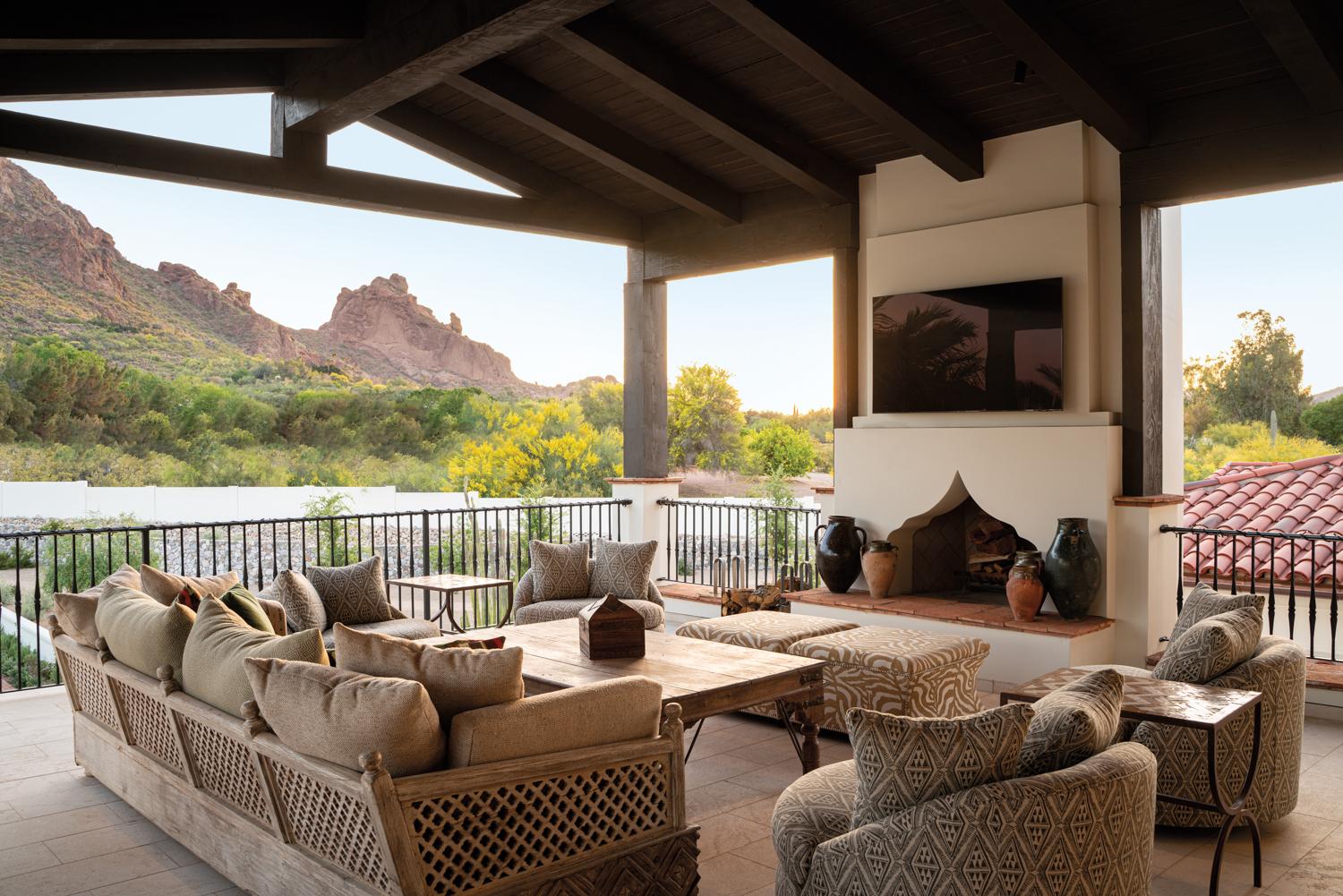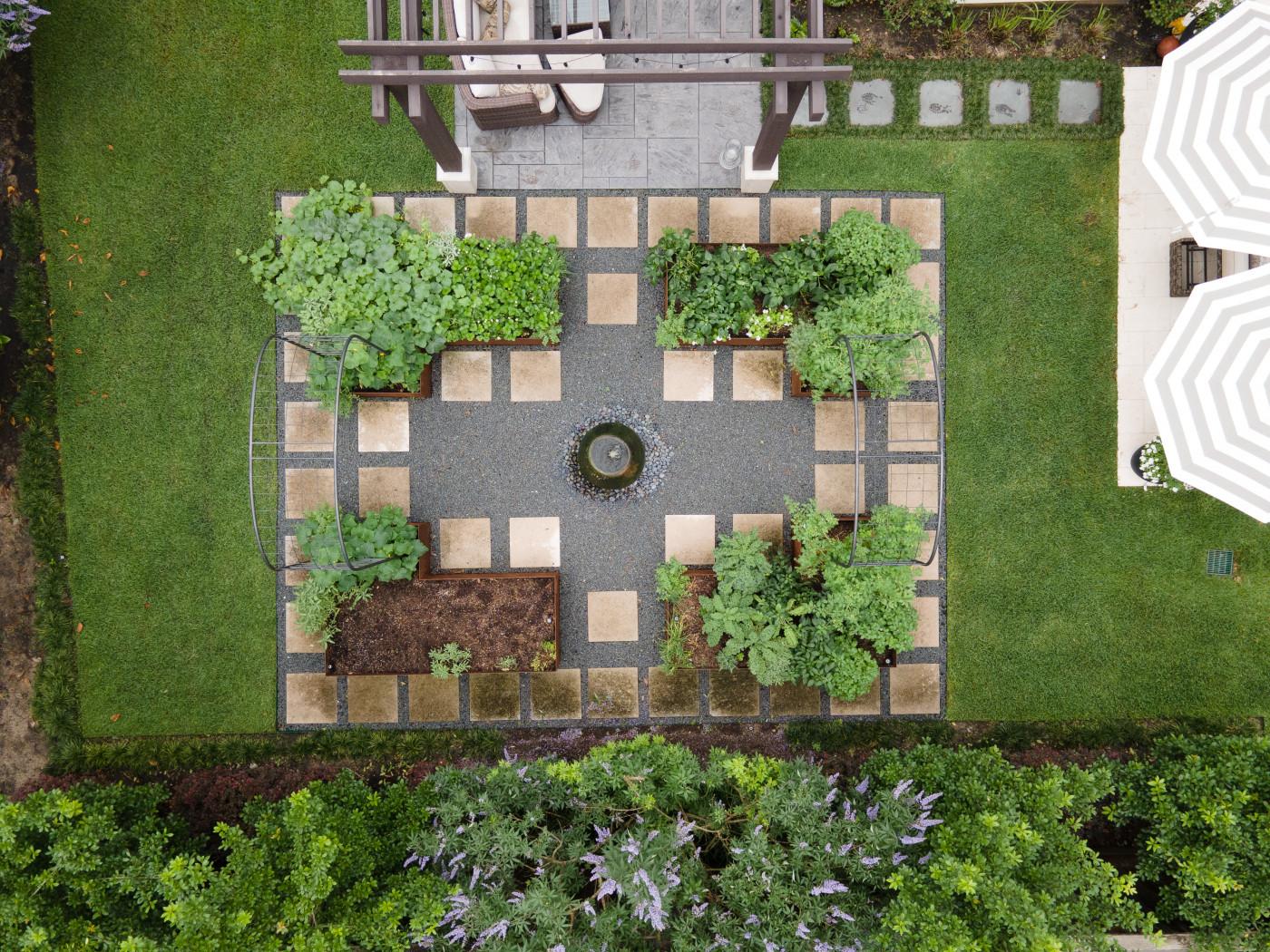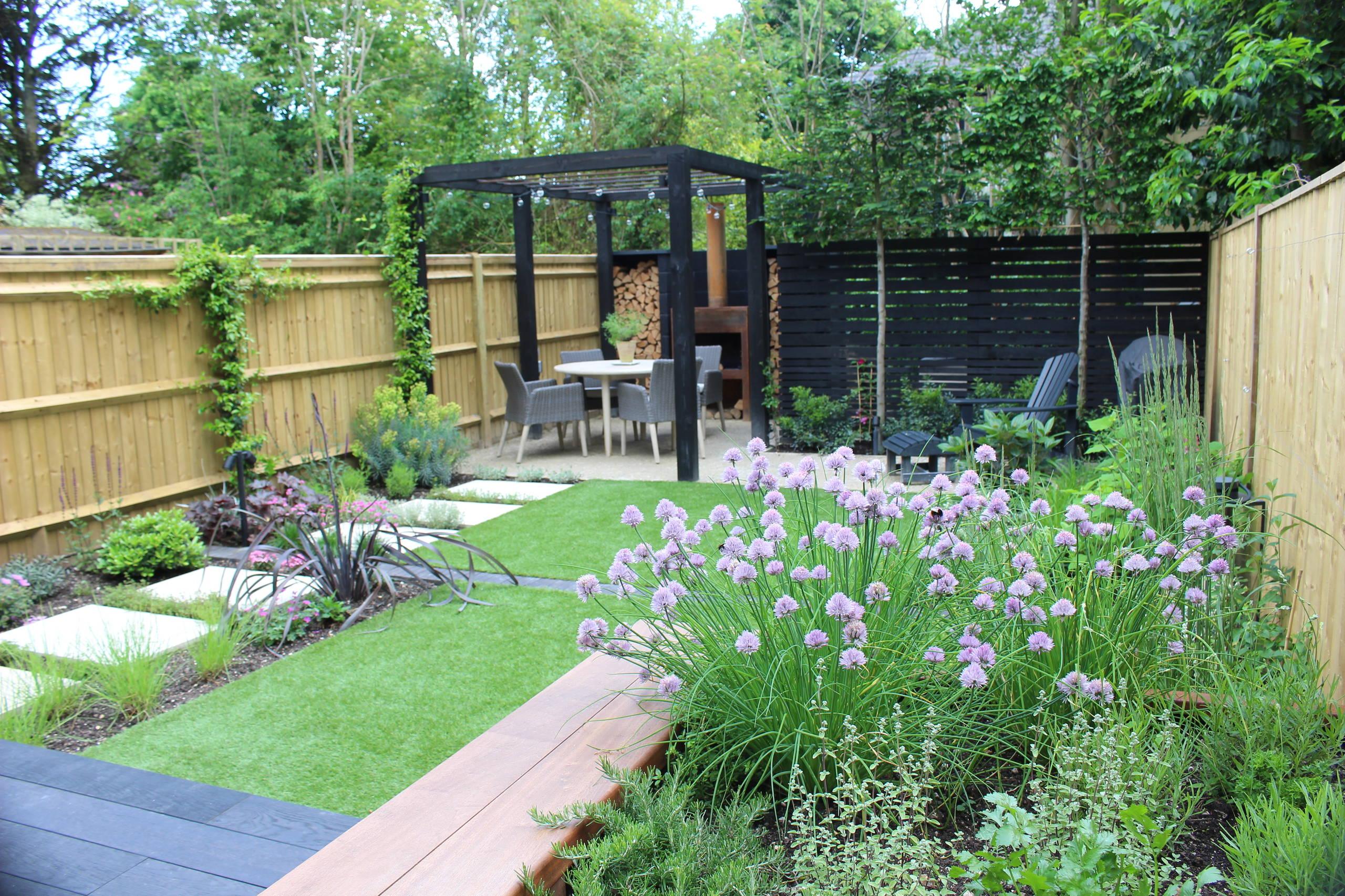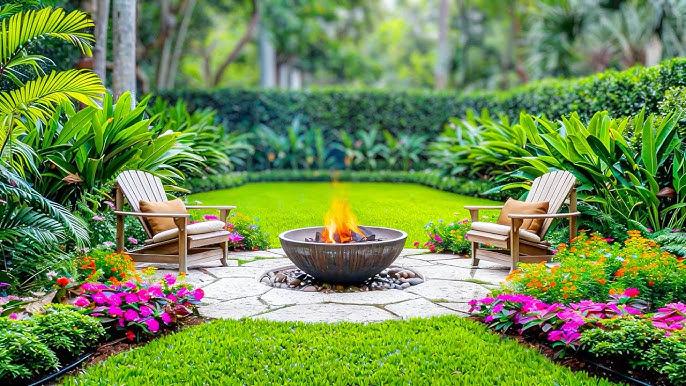Key Landscape Design Approaches
Transforming an outdoor area into a functional and aesthetically pleasing environment requires a strategic approach. We outline three prominent design methodologies:
- Naturalistic Landscape Design: This approach prioritizes creating environments that mirror local ecosystems. It emphasizes native plant species, organic forms, and sustainable practices, fostering biodiversity and low maintenance requirements.
- Formal Geometric Design: This method relies on symmetry, structured layouts, and precise lines. It often incorporates manicured hedges, classical elements, and defined pathways, creating a sense of order and timeless elegance.
- Contemporary Minimalist Design: Focused on clean lines, simple aesthetics, and functional spaces. It utilizes limited plant varieties, often with architectural interest, and incorporates modern materials for a sleek, uncluttered appearance.
Evaluation Framework: Comparing Design Methodologies
When selecting the most suitable landscape design, consider these critical criteria to ensure the outcome aligns with your objectives and site specifics:
- Maintenance Requirements: Assess the typical effort and resources needed to keep the design pristine and thriving over time, including watering, pruning, and general upkeep.
- Aesthetic Harmony: Evaluate how well the design integrates with the existing architecture and surrounding environment, ensuring visual coherence and a seamless transition.
- Ecological Impact: Consider the design's contribution to local biodiversity, water conservation, and overall environmental sustainability, including plant choices and material use.
- Initial Implementation Scope: Examine the complexity and resources required for the initial installation, including material sourcing, specialized labor, and project timeline.
Comparative Analysis of Design Approaches
The Naturalistic Landscape Design approach generally offers lower long-term maintenance once plants are established, as native species are adapted to local conditions. Its aesthetic harmony is exceptional for blending with natural surroundings, creating a seamless and organic extension of the environment. This method excels in providing a tranquil, evolving space that feels inherently part of the landscape.
From an ecological perspective, Naturalistic Design is highly beneficial. It supports local wildlife, conserves water, and enhances biodiversity. The initial implementation scope can be moderately complex due to the need for specific plant sourcing and soil preparation to mimic natural habitats, but it leads to a resilient and self-sustaining system over time, reducing future interventions.
In contrast, Formal Geometric Design requires consistent, precise upkeep for its manicured elements, such as regular pruning and shaping to maintain sharp lines and perfect symmetry. Its aesthetic harmony is best achieved with classical or traditional architecture, providing a stately and grand complement that enhances the property's formal character. It might appear out of place with modern structures.
The ecological impact of Formal Geometric Design is often neutral to moderate, depending on plant selection and irrigation practices. It typically focuses less on biodiversity. The initial implementation involves precise planning and execution for symmetry and structural elements, potentially requiring specialized skills and materials to achieve its characteristic order and exactness in layout and plant arrangement.
Contemporary Minimalist Design typically boasts low maintenance requirements due to fewer plant varieties and simplified structures, emphasizing durability and ease of care. Its aesthetic harmony is exceptional with modern and minimalist architecture, creating a sleek, uncluttered extension of the indoor living space. This design prioritizes clean lines and open areas, enhancing visual flow.
Regarding ecological impact, Contemporary Minimalist Design can be ecologically sound if drought-tolerant plants and permeable surfaces are chosen, but it places less emphasis on biodiversity compared to naturalistic approaches. The initial implementation often involves clean, precise construction and the selection of specific, sometimes architectural, plant specimens, demanding skilled installation for its refined finish.
Recommendations for Your Outdoor Masterpiece
If your primary objective is to enhance local biodiversity, reduce long-term maintenance, and create a space that evolves with nature, the Naturalistic Landscape Design approach is highly recommended. It fosters a vibrant ecosystem and requires less intensive care once established, offering a sustainable and dynamic outdoor environment that supports ecological balance.
For those seeking a sense of timeless elegance and structured beauty, particularly for properties with traditional or classical architectural styles, Formal Geometric Design is an excellent choice. It demands consistent attention to maintain its pristine appearance but delivers a refined, majestic outdoor environment that speaks of grandeur and meticulous care.
When your vision leans towards a sleek, uncluttered outdoor space that perfectly complements modern architecture and offers ease of care, Contemporary Minimalist Design is the superior option. It emphasizes functionality and clean lines, creating a sophisticated and low-maintenance extension of your home, ideal for a serene and modern lifestyle.
Ultimately, the optimal choice depends on your specific vision, site conditions, and desired level of engagement with your outdoor space. FORBES LANDSCAPE & GARDENING SERVICE LTD. can assist in assessing these factors to craft a bespoke solution that perfectly aligns with your aspirations for an outdoor masterpiece, ensuring a harmonious and enduring landscape.




Comments